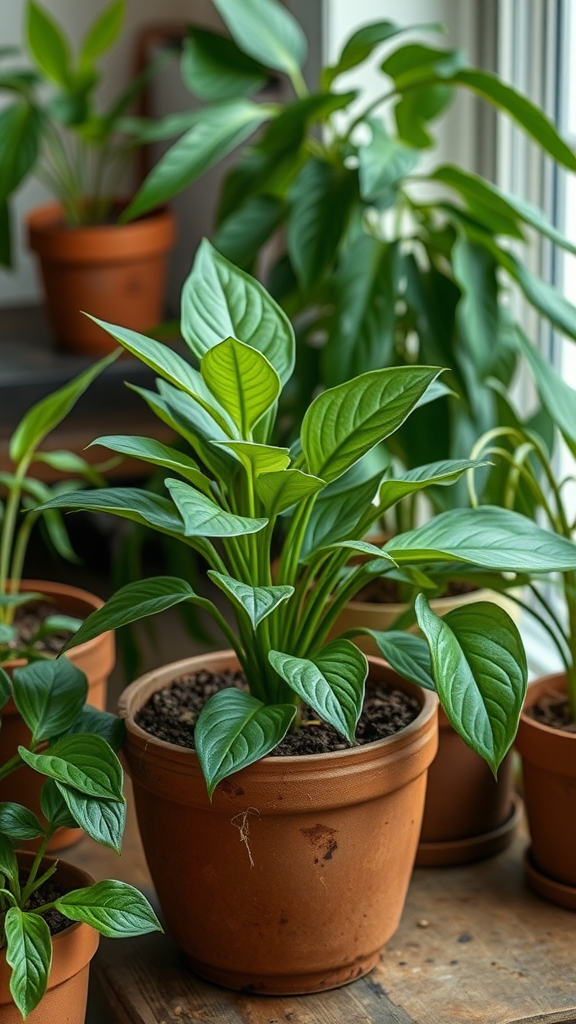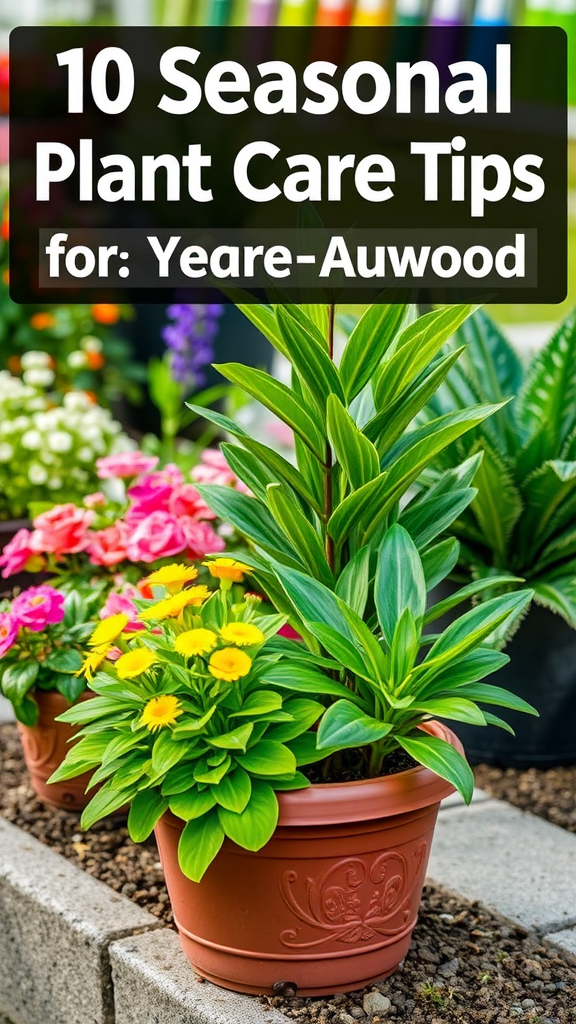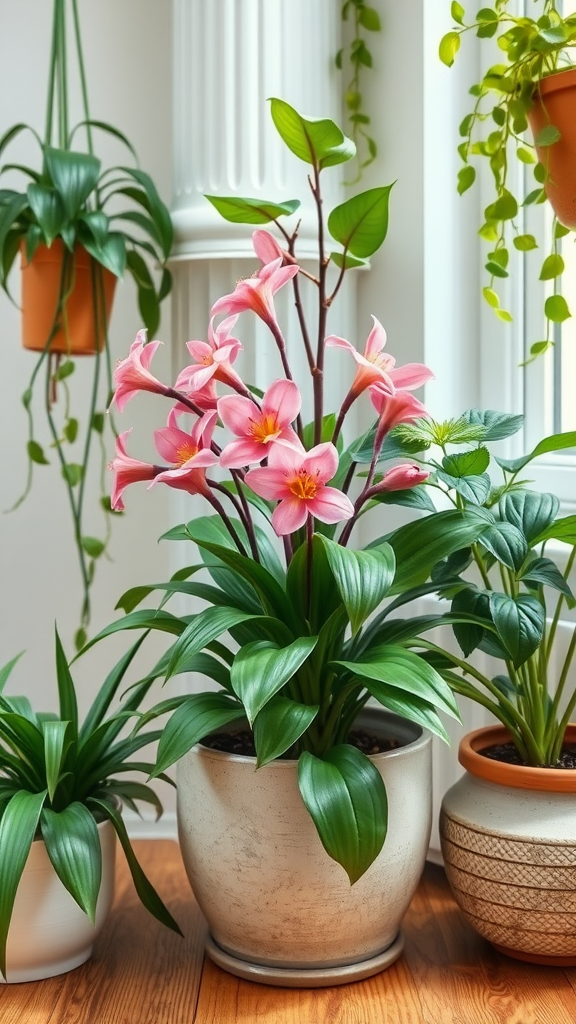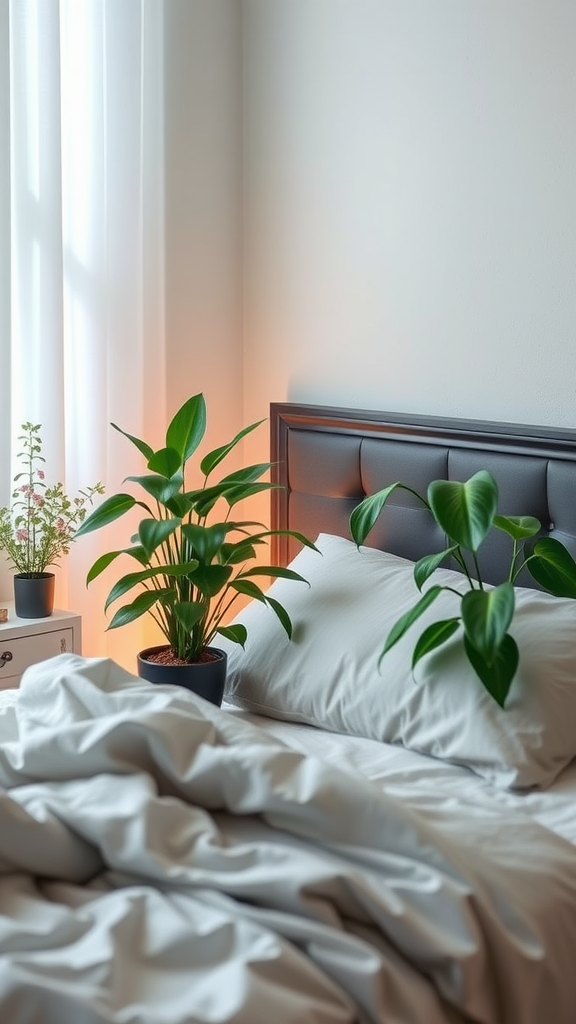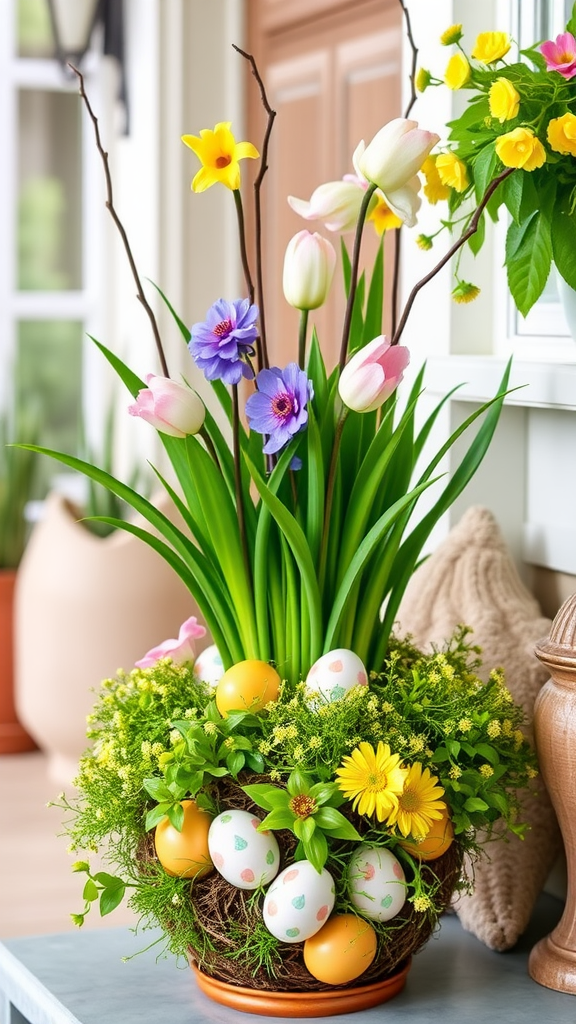Essential Tools and Materials for Effective Repotting Plants
Growing plants can be incredibly rewarding, but there are times when your green friends need a little extra care. One important task is repotting, which gives plants the space they need to grow and thrive. To ensure you do it effectively, having the right tools and materials is essential. Let’s explore the various items you’ll need to make repotting a breeze.
Basic Tools for Repotting
First and foremost, some basic tools are essential for successful repotting. Here’s a quick list:
- Gloves: Protect your hands from dirt and potential irritants.
- Hand Trowel: A small shovel helps you lift soil and transplant your plants.
- Pruning Shears: Use these to trim roots or dead leaves for healthy growth.
- Watering Can: Moisture is crucial during repotting, so keep this on hand.
- Spray Bottle: A spray bottle can help provide mist for those humidity-loving plants.
Containers for Repotting
Choosing the right container is key to the health of your repotted plant. Consider these options:
- Plastic Pots: Lightweight and affordable, these are great for many plants.
- Terracotta Pots: These natural clay options are excellent for well-drained soil and moisture control.
- Self-Watering Pots: Perfect for busy plant lovers, they help maintain consistent moisture levels.
Make sure to pick a pot that is slightly larger than the previous one to give your plant room to grow.
Soil and Drainage Materials
The right soil is like a comfortable bed for your plants. Here are some materials you’ll need:
- Potting Soil: Use a good quality potting mix tailored to the specific needs of your plant.
- Perlite or Vermiculite: These materials improve drainage and aeration, keeping soil light and fluffy.
- Stones or Gravel: Placing these at the bottom of your pot can help provide excellent drainage.
It’s essential to remember that not all plants need the same soil. Research the specific requirements of your plant for optimal results.
Support Tools
Some plants may require additional support as they grow. Consider these tools:
- Stakes: Use stakes to support tall plants or those with weak stems.
- Plant Ties: These can help secure plants to supports while allowing flexibility.
Cleaning and Sanitizing
Before you start repotting, cleanliness is important to prevent diseases. Here’s what you may need:
- Disinfectant: A solution of bleach or vinegar can sanitize your tools effectively.
- Paper Towels: Keep these handy for quick clean-ups.
Optional Tools
If you’re a serious plant enthusiast, you might want to invest in some optional tools:
- Soil Moisture Meter: This tool helps determine if your soil is too dry or too wet before repotting.
- Rooting Hormone: This is used for propagating new plants and can help with root development.
With these tools and materials, you’ll be well prepared for repotting your plants. Remember that the goal is to make the process as smooth as possible, ensuring your plants continue to thrive in their new environment.
Effective repotting relies not just on proper technique but also on the right tools. From basic essentials to optional supports, each item plays a role in your plant’s health and happiness. Equip yourself accordingly, and your plants will thank you with delightful growth!
Common Mistakes to Avoid During the Repotting Process
Repotting your plants can give them a new lease on life, but it’s easy to make some common mistakes that can negatively affect their health. By being aware of these issues, you can ensure a smoother and more successful repotting experience. Here’s what you need to keep in mind.
One of the first mistakes many make is selecting the wrong pot size. When you choose a pot that is too large, it can hold excess soil, which leads to excessive moisture retention. Your plant’s roots may end up sitting in soggy soil, causing root rot. Instead, opt for a pot that is just one size larger than the previous one. This allows for adequate growth while maintaining proper drainage.
Failing to prepare your new pot is another common error. Many assume that a pot is ready to use as is. However, it’s important to ensure proper drainage. If your new pot doesn’t have drainage holes, your plant can struggle in stagnant water. If needed, you can drill small holes or ensure to choose a pot with established drainage. Additionally, adding a layer of rocks or pebbles at the bottom can further enhance drainage.
Not using the right soil can impede your plant’s growth. Don’t just reuse the old soil. Fresh, high-quality potting mix is essential, as it will provide necessary nutrients and improve drainage. Make sure to select soil that is suitable for your specific type of plant. For instance, cacti and succulents require different soil compared to tropical houseplants.
Another mistake often made during repotting is overwatering your plants. New potting mixes tend to retain more moisture, especially if they are fresh and haven’t dried out yet. Typically, it’s best to water after repotting, allowing your plant to adjust to its new environment. Consider the moisture level before watering, ensuring you don’t make the roots sit in too much water.
Additionally, many people disturb the roots too much during the repotting process. It is important to be gentle when handling the roots. If they are tightly bound, lightly teasing them apart can help, but excessive force can harm them. If you notice any damaged or rotten roots, trim them back before repotting. This helps promote new growth and keeps the plant healthy.
Ignoring the timing of repotting is a mistake that can hinder a plant’s health. The best time to repot most plants is in the spring when they start to actively grow. For some plants, repotting during dormancy can slow down their recovery. Timing is key in allowing your plant to thrive in its new environment.
Rushing the process is another frequent pitfall. Take your time when moving your plant from one pot to another. Avoid hurrying through the steps. If you do so, you might overlook vital details, like ensuring the roots are properly spread out in the new soil. A thorough, careful repotting process helps ensure the health of your plant.
Not giving your plant a chance to acclimate to its new environment can cause stress. After repotting, place your plant in a stable environment away from direct sunlight, drafts, or temperature fluctuations. Monitor your plant’s response and give it a few weeks to adapt before moving it back to its preferred location.
Common Repotting Mistakes to Avoid:
- Choosing a pot that is too large.
- Neglecting pot preparation and drainage.
- Using old soil instead of fresh potting mix.
- Overwatering after repotting.
- Disturbing roots excessively.
- Repotting at the wrong time.
- Rushing through the process.
- Failing to allow the plant to acclimate.
By being mindful of these common mistakes, you can enhance your repotting process and promote the health and growth of your plants. Every step counts, and thoughtful care can make all the difference in helping your plants flourish.
Conclusion
Repotting your plants is a rewarding and essential task for their health and growth. By having the right tools and materials on hand, you can create the ideal environment for your plants to thrive. Items like well-draining potting mix, quality pots with drainage holes, and basic gardening tools make the process smoother and more efficient. You’ll find that being prepared can make a significant difference in the overall experience.
Avoiding common mistakes is just as crucial as using the right materials. Overwatering, choosing pots that are too large, and not properly loosening the roots can lead to stress for your plants or even cause their demise. By being mindful of these pitfalls, you can ensure a successful transition for your green companions.
Ultimately, repotting plants is not just about changing pots; it’s about giving your plants the room and nutrients they need to continue growing. Embrace this process as a way to connect with your indoor garden and support its journey. Stay informed, take your time, and enjoy every step—you’ll see the positive effects on your plants in no time. With a bit of care and knowledge, you’ll turn repotting into a routine part of your plant care, leading to happy, flourishing greenery in your home.

